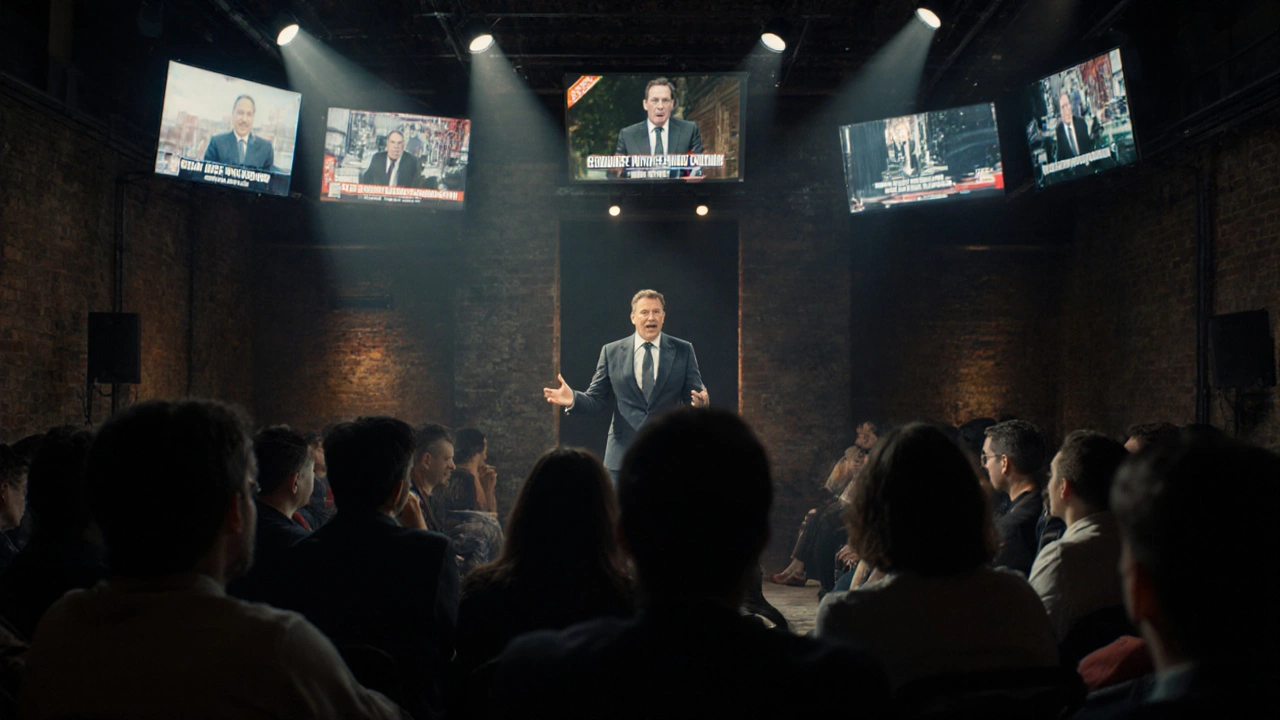Royal Court Theatre: London’s Bold Home for New Plays and Cutting-Edge Drama
The Royal Court Theatre, a world-renowned London venue dedicated to new writing and experimental drama. Also known as the Royal Court, it’s where unknown playwrights become household names and audiences see stories no other stage dares to tell. Since 1956, this small theatre in Sloane Square has been the engine of British theatre—not by staging classics, but by chasing the next big thing.
It’s not just a building. It’s a movement. The Royal Court Theatre launched the careers of Harold Pinter, Sarah Kane, and Jez Butterworth. It gave voice to working-class stories, political rage, and queer identities long before they hit mainstream TV. You won’t find musicals or revivals here—you’ll find plays that make you squirm, laugh, or cry because they feel too real. It’s a place where writers live in the building, rehearse with actors, and rewrite scenes after midnight. This isn’t performance for applause. It’s performance for truth.
What makes it different? The new writing theatre model. Unlike West End theatres that chase ticket sales, the Royal Court takes risks on first-time writers, non-traditional voices, and plays that don’t fit neatly into genres. It’s where a play about a teenager in a care home or a family torn apart by Brexit gets the same stage space as a Shakespearean epic. And it’s not just for Londoners—plays that start here often go on to Broadway, Paris, or Sydney. The UK drama scene runs on its fuel.
Behind the scenes, it’s a hive of workshops, readings, and open submissions. You don’t need an agent to get noticed here. You just need a good script. That’s why so many of the plays you’ll read about in reviews—raw, urgent, sometimes chaotic—started as a draft on a kitchen table. The Royal Court doesn’t just stage plays. It builds them.
What you’ll find below are real stories from people who’ve seen shows here—reviews of plays that shocked, moved, or changed how they saw the world. You’ll read about the plays that broke rules, the writers who walked out of rehearsals in tears, and the audiences who stayed silent for a full minute after the lights went up. This isn’t a tourist attraction. It’s a cultural heartbeat. And if you’ve ever wondered what theatre can still do in 2025, the answer is right here.
